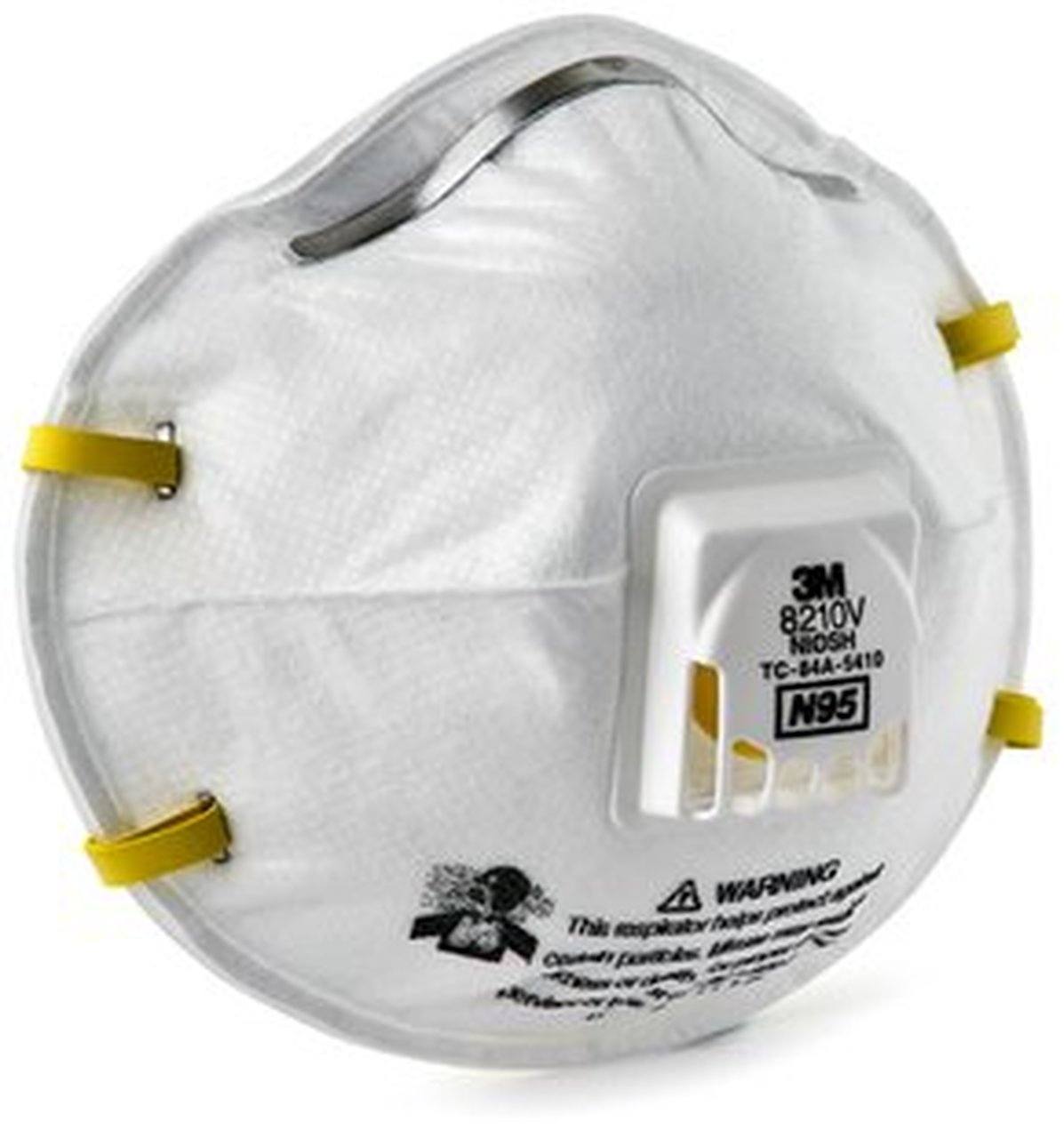
What You Should Know:
– Premier survey reveals as active COVID-19 spreads to new hotspots, hospitals should prepare for a 3X to 17X surge in supply-demand for personal protective equipment (PPE).
– Survey respondents treating COVID-19 patients say supply shortages and burn rates for PPE were among the biggest surprises and lessons learned.
– Hospitals ranked the supply of N95 respirators as their top concern with the average respondent had 23 days of N95 inventory on hand.
Premier Inc., a healthcare improvement company, today released survey results quantifying the surge capacity needed for personal protective equipment (PPE) and other supplies in hospitals as COVID-19 cases spread to new areas of the country. Survey data reveals that active cases of COVID-19 create surge demand of 17X the typical burn rate for N95 respirators, 8.6X for face shields, 6X for swabs, 5X for isolation gowns and 3.3X for surgical masks.
Paralyzing Impact of COVID-19 on Healthcare’s Supply Chain
According to earlier data collected by Premier from distributors, most healthcare facilities currently receive just 44 percent of the N95s and 82 percent of the surgical masks they order. Domestic and near-shore suppliers of PPE have increased production and are on track to produce an estimated 60 million masks this year. However, reaching that production level will take between 30 and 60 days.
About 80 percent of all PPE manufactured globally comes from Asia, where nations such as China, Taiwan, Thailand, India, and South Korea have all stopped exporting products, a situation expected to continue through for the unforeseen time, if not longer.
Shortage of N95 Masks Top Concern for Hospitals
According to the survey, hospitals ranked the supply of N95 respirators as their top concern. Comparing the number of respirators the hospital used before and after confirmed COVID-19 cases were admitted, Premier calculated a surge need of up to 17X. The survey also found that the average respondent had 23 days of N95 inventory on hand. However, those with active COVID-19 patients had an average of just three days’ worth. In addition, the availability of PPE and burn rates for PPE products were the two most commonly cited “surprises” of the pandemic.
Other surge requirements are provided in the table below.

Since our earlier survey of hospitals’ supply levels, we have much more precise detail on the increased use of supplies,” says Premier President Michael J. Alkire. “Our data shows that many providers believed they were well equipped, only to see their stocks depleted in a matter of days as they started requiring increased use of PPE across a broader population of healthcare workers. In providing new information on surge needs, we hope more hospitals will better understand what’s ahead so they can begin conserving supplies and adjusting their overall plans before they have a confirmed case. As we’ve seen repeatedly with this pandemic, planning and preparedness are essential to providing continuous, quality care.”
“To date, most attention about supply shortages has focused on N95 masks, which was one of the first PPE items to fall into short supply as consumption surged to provide care to COVID-19 patients,” Alkire says. “Although this supply remains a top concern, backorders for surgical masks, isolation gowns, thermometers and disinfecting wipes are surging and quickly surpassing demand for N95s. This is an early warning signal of product shortages that may be on the horizon and need to be planned around.”
Survey Background/Methodology
Premier’s survey is the first to quantify surge capacity and supply burn rates, by category, for the provider community, essential facts needed to prepare for an influx of COVID-19 cases. The survey conducted from March 16-20, 2020, represents approximately 1,591 unique hospitals across 40 states that responded, or 32 percent of the nation’s total hospitals. Not every respondent answered every question. Approximately 42 percent of the respondents reported having at least one confirmed COVID-19 case being treated at their facility.
